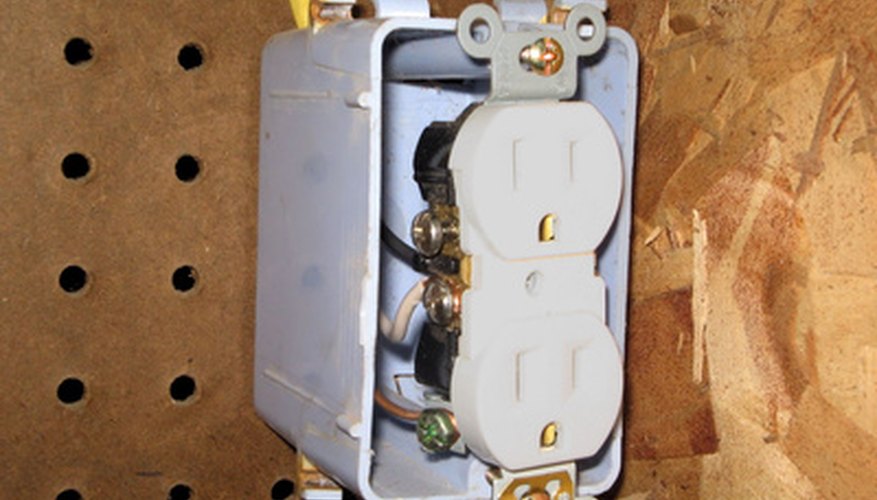Miniature circuit breakers, or MCBs, come in two commons types. Thermal breakers use an internal bimetallic strip that bends according to the amount of current passing through it. Under overload conditions, the strip bends far enough to activate the breaker's trip mechanism. Thermal-magnetic MCBs use both an internal bimetallic strip and an electromagnetic mechanism, which protects against larger overloads and short circuits.
Expense
While inexpensive options exist, low-cost MCBs offer limited protection against short circuits. Applications where short circuits currents may exceed 1,000 amps require more expensive breakers. Miniature circuit breakers that protect above 1,000 amps tend to cost more than other types of circuit breakers.
Vulnerability to Heat
Miniature circuit breakers show high susceptibility to changes in temperature within their operating environment. As temperature rises in the surrounding environment or via heat from electrical current, it affects the bending of the metal strip within, diminishing the breaker's current capacity. Miniature circuit breakers designed to compensate somewhat for this disadvantage can reduce the effects that temperature changes have, but this boosts the cost of the already-expensive MCB.
Slow Tripping
Miniature circuit breakers react more slowly to overloads than other circuit breakers, as a feature designed to prevent it from tripping every time a minor peak occurs. Type C MCBs are designed to trip between five and 10 times the normal full load current. Type D breakers react to surges of 10 to 20 times the normal load. Type B miniature circuit breakers react more quickly, between three and 4.5 times the normal full load current, but only prove useful in environments with little risk of surges, such as in incandescent lighting circuits.
- Miniature circuit breakers react more slowly to overloads than other circuit breakers, as a feature designed to prevent it from tripping every time a minor peak occurs.
- Type C MCBs are designed to trip between five and 10 times the normal full load current.
Ageing and Wear
The metal strips within miniature circuit breakers wear as they age, and this may cause the breaker's reaction time to slow. This delay will diminish the breaker's ability to trip in a timely manner, exposing the circuit and any attached electronics to damage from surges and overloads.
